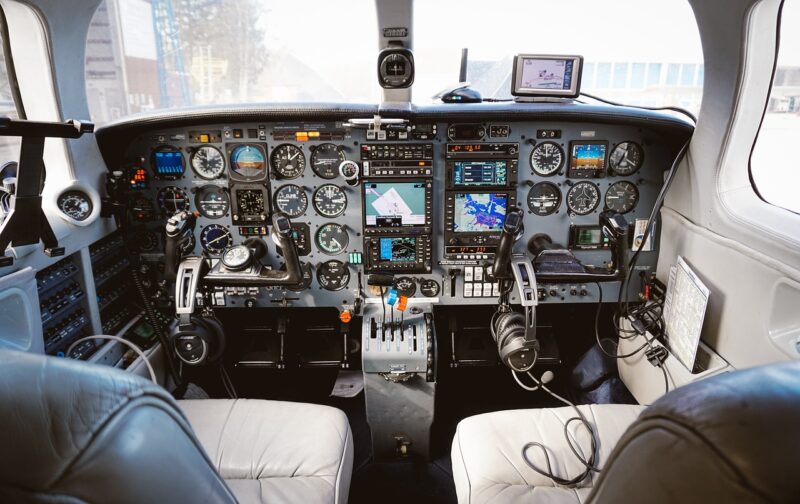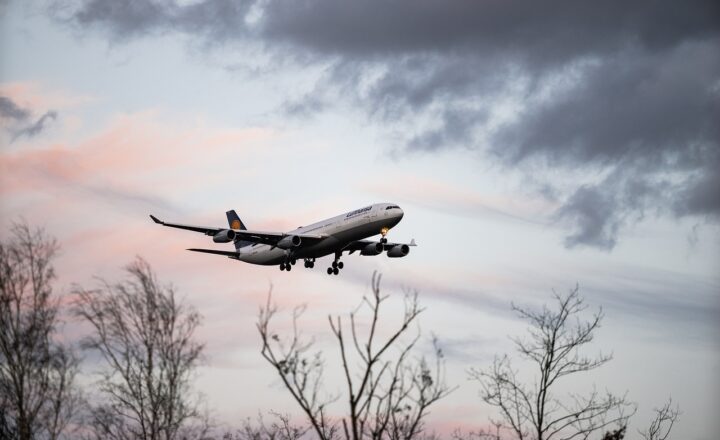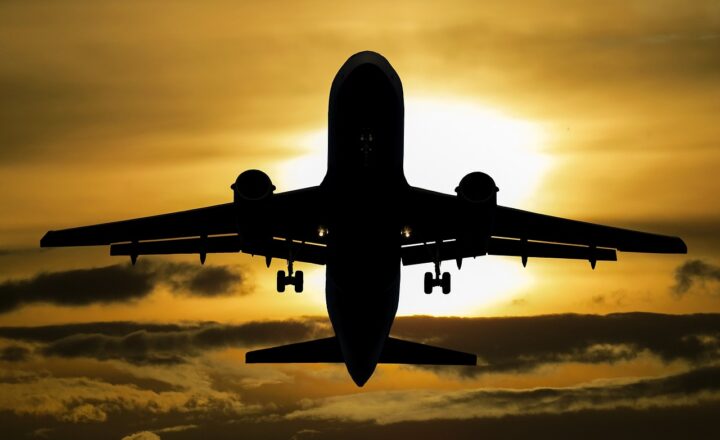
In the world of aviation, the cockpit serves as the nerve center of the aircraft, where pilots command complex machines navigating through the sprawling skies. Modern cockpits have evolved significantly over the years, incorporating cutting-edge technology that not only improves operational efficiency but also enhances safety and pilot effectiveness. This article dives deep into the technologies behind modern cockpits, how they function, and the systems that allow pilots to maintain precise control over their aircraft.
1. The Evolution of Cockpit Design
The journey from the rudimentary cockpits of early aircraft to today’s sophisticated flight decks is a testament to technological advancements in aeronautics. Early cockpits were equipped with basic dials and controls, which required extensive training to operate effectively, as most functions were manual.
Today’s cockpits are designed with the pilot’s ergonomics and mental processing in mind. Aviation authorities have set stringent guidelines for cockpit design to ensure ease of use, reduce workload, and enhance safety. The shift from traditional instruments to glass cockpits, characterized by digital displays and interactive interfaces, has revolutionized how pilots interact with their aircraft.
Glass cockpits integrate numerous data sources into a single display, giving pilots a clear and comprehensive overview of aircraft status. This functionality reduces clutter in the cockpit and enhances situational awareness.
2. Key Components of Modern Cockpits
Modern cockpits are outfitted with an array of technologies that work in concert to support pilot operations. These include:
2.1. Advanced Flight Deck Displays
At the heart of a modern cockpit is the multifunctional display (MFD) system, which consolidates critical flight information, navigation, weather updates, and system alerts into a single screen. By integrating these data streams, MFDs minimize distractions and allow pilots to focus on decision-making.
Designers incorporate various display formats to present information clearly, such as:
- Primary Flight Displays (PFDs): These present essential flight information including altitude, airspeed, heading, and attitude in a cohesive layout.
- Navigation Displays (NDs): These help pilots understand their position in relation to airways, waypoints, and weather systems.
- Engine Indicating and Crew Alerting Systems (EICAS): These provide real-time engine performance metrics and alert pilots to any anomalies or failures.
2.2. Fly-by-Wire Systems
Fly-by-wire technology replaces conventional manual flight controls with electronic interfaces. In other words, the pilots’ inputs are converted into electronic signals that are sent to the flight control computers, which then adjust the aircraft’s control surfaces accordingly.
This innovation not only enhances responsiveness and stability but also allows for automated flight control in many scenarios. Furthermore, it provides feedback mechanisms that ensure aircraft remains within safe operational limits, reducing the likelihood of human error.
2.3. Autopilot Systems
Autopilot systems have become increasingly sophisticated, allowing aircraft to fly themselves under various conditions. Modern autopilot systems are equipped with advanced algorithms and sensor technology, enabling them to:
- Maintain altitude and heading under normal flight conditions.
- Execute approach and landing sequences autonomously when surrounded by compatible systems.
- Respond to changing weather conditions real-time, adjusting parameters based on external data sources.
The integration of autopilot systems greatly reduces pilot workload, especially on long-haul flights.
3. Communication and Navigation Technologies
Effective communication and navigation systems are vital for safe and precise flight operations. Modern cockpits utilize a variety of advanced technologies to ensure seamless communication and navigation:
3.1. Satellite Navigation Systems
Global Positioning System (GPS) has transformed aviation navigation. The introduction of satellite navigation allows pilots to determine their position with remarkable accuracy and navigate intricate airways with ease. In addition, modern cockpits use:
- Area Navigation (RNAV): An advanced method that allows aircraft to fly on any desired flight path rather than being restricted to fixed routes.
- Precision Approach Procedures: Utilizing guidance from satellite data to facilitate safe landings, even in low visibility conditions.
3.2. Enhanced Communication Systems
Modern cockpits feature state-of-the-art communication tools that facilitate real-time interaction with air traffic control and other aircraft. These include:
- Automatic Dependent Surveillance-Broadcast (ADS-B): A surveillance technology that allows aircraft to broadcast their position for enhanced air traffic management.
- VHF Radio Systems: Reliable communication systems for voice communication with ATC (Air Traffic Control).
- Data Link Communication: This technology allows pilots and air traffic controllers to exchange important flight information in real-time, reducing the chances of miscommunication.
4. Pilots’ Training and Adaptation to New Technologies
The rapid evolution of cockpit technology necessitates ongoing training for pilots to adapt to new systems and ensure their effective usage. Modern pilot training incorporates simulations that closely mirror the capabilities of today’s advanced cockpit systems.
Simulators allow pilots to experience various scenarios and practice their decision-making abilities in a risk-free environment. Enhanced training methods include:
- Crew Resource Management (CRM) Training: These programs focus on teamwork, communication, and decision-making, which are crucial for effective cockpit operations, particularly in complex situations.
- Regular Proficiency Checks: Regulatory bodies mandate that pilots undertake regular checks to demonstrate their ability to operate the aircraft competently, even as technology evolves.
- Ongoing Education: As systems continue to change, pilots engage in new training programs to familiarize themselves with the latest advancements and safety protocols.
These training initiatives ensure that pilots are prepared to utilize modern cockpit technologies to their fullest potential, enhancing safety and efficacy during flight operations.
5. The Future of Cockpit Technology
As aircraft technology continues to evolve, so too will cockpit systems. Future developments may include:
- Increased automation with AI-enhanced decision-making systems that assist pilots in navigating complex situations.
- Augmented and virtual reality systems for enhanced training and situational awareness during operations.
- Further integration of biometric monitoring systems to assess pilot health and fatigue levels, ensuring optimal performance during flight.
The potential for innovative solutions in cockpit technology promises to redefine the aviation experience, making air travel safer and more efficient.
Conclusion
The technology behind modern cockpits represents a pinnacle of innovation in aviation. Through advancements in flight displays, automation, communication, and training, pilots today control aircraft with unprecedented efficiency and safety. As we look to the future, embracing emerging technologies will ensure that aviation can continue to meet the challenges of a rapidly evolving airspace environment while ensuring the safety of passengers and crew alike. The modern cockpit is not just a command center; it is a testament to human ingenuity and the relentless pursuit of excellence in flight operations.








